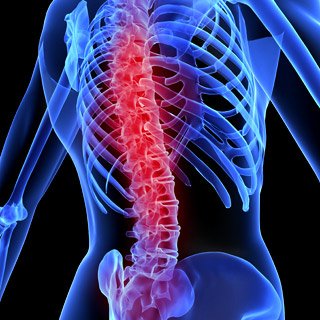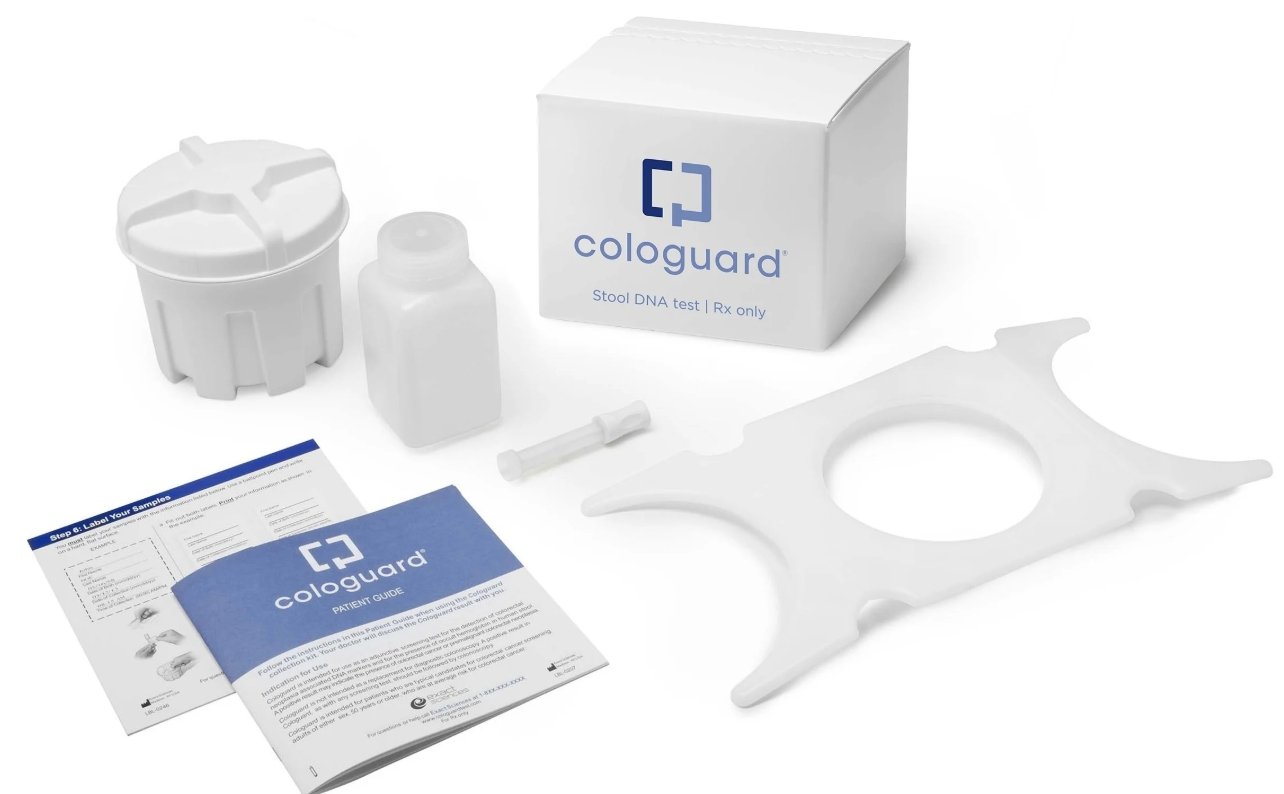
Hope for chronic spinal cord injury patients - Neuralstem's phase I stem cell transplantation safety trials of its lead candidate NSI-566 gets FDA nod
Singapore: Neuralstem received approval from the US FDA to start phase I safety trials of its lead cell therapy candidate, NSI-566, in chronic spinal cord injury patients. The primary objective of the study is to determine the safety and toxicity of human spinal stem cell transplantation for the treatment of paralysis and related symptoms due to chronic spinal cord injury (SCI).
The secondary objectives of the study are to evaluate graft survival in the transplant site by MRI, as well as the effectiveness of transient immunosuppression. Additionally, the study will look at exploratory objectives to evaluate the ability of human spinal cord stem cell (HSSC) transplantation to positively affect AIS level, ISNC SCI motor and sensory index scores, bowel and bladder function, pain, UAB IMR scores, SCIM scores, evoked sensory and motor potentials, and electromyogram (EMG).
The open-label, multi-site study, will enroll up to eight patients with thoracic spinal cord injuries (T2-T12), who have an American Spinal Injury Association (AIS) A level of impairment, between one-and-two years after injury. AIS A impairment refers to a patient with no motor or sensory function in the relevant segments at and below the injury, and is considered to be complete paralysis.
All patients in the study will receive six injections in, or around, the injury site. The first four patients will receive 100,000 cells per injection, the second four patients will receive 200,000 cells per injection. All patients will also receive physical therapy post surgery, as well as immunosuppressive therapy, which will be for three months, as tolerated. The trial study period will end six months post-surgery for each patient.
Dr Karl Johe, chairman of the board and chief scientific officer, Neuralstem, said that, "In August, in the peer-reviewed journal 'Cell,' compelling evidence was presented that the cells can 'bridge the gap' in a severed spinal cord model and return functionality. This will be the first stem cell trial to attack the problem that way, as well as the first to treat chronic spinal cord injury patients. In addition to the pre-clinical animal data, we have conducted 18 successful surgeries using the same cells and surgical device in our ALS trial."




